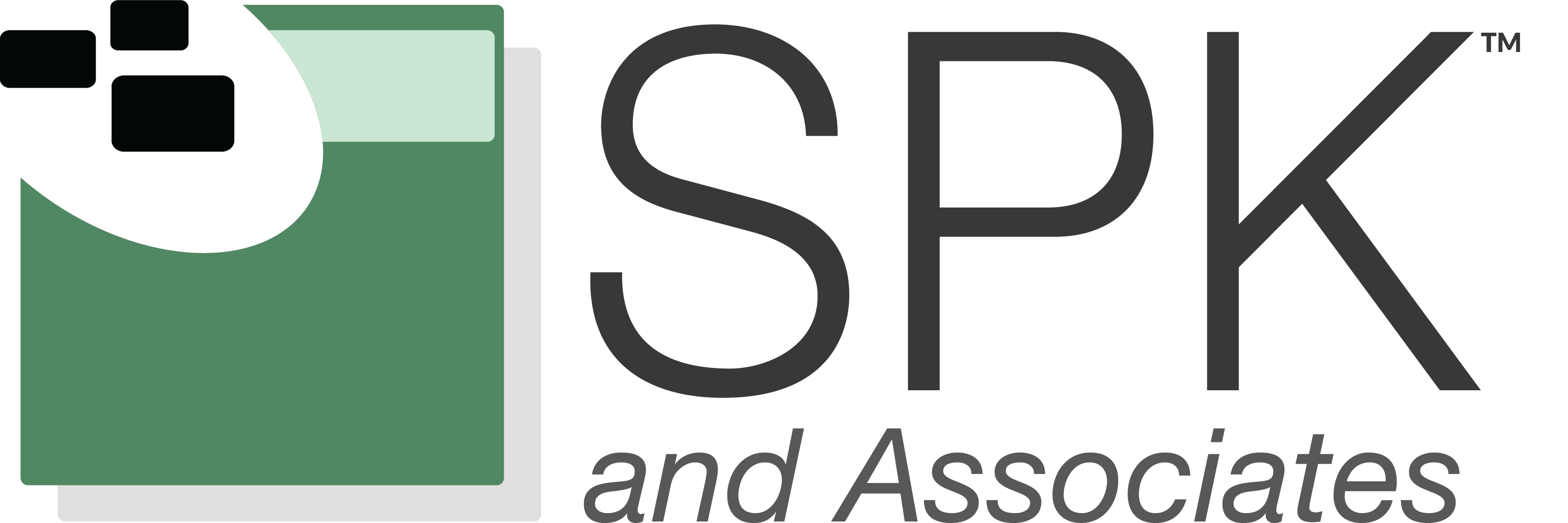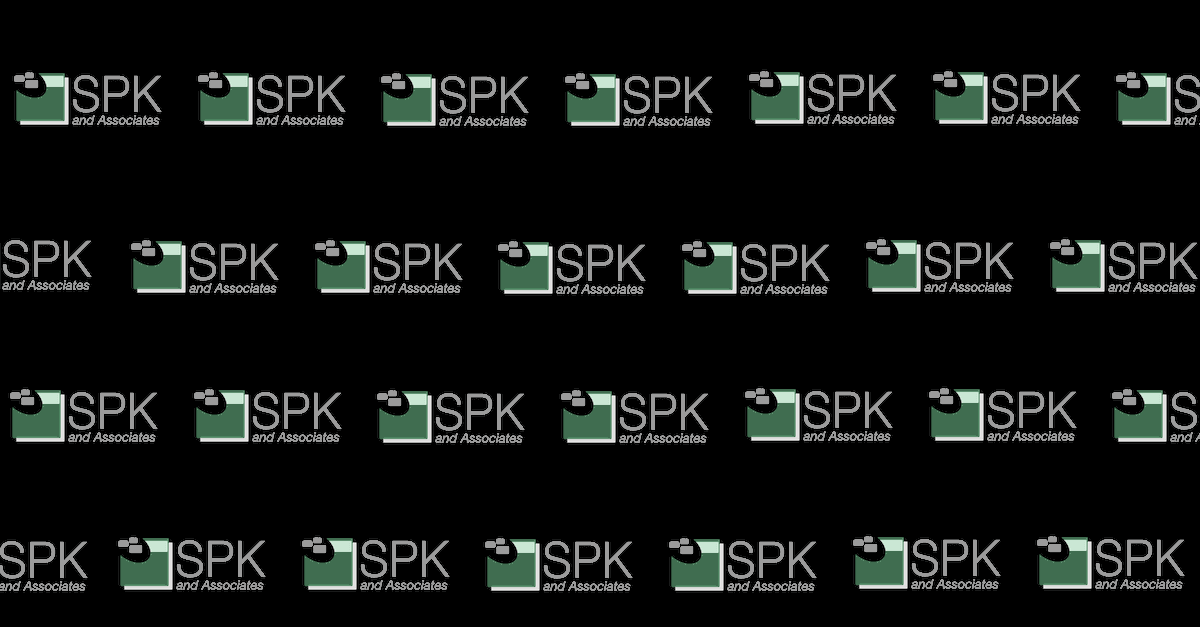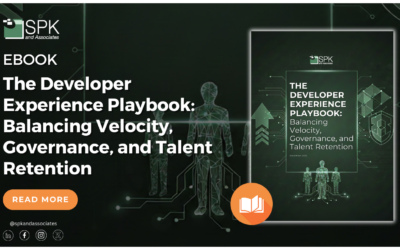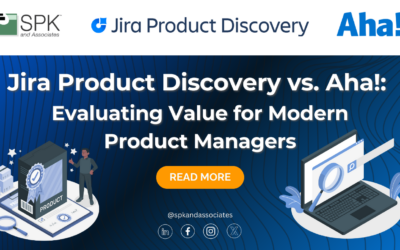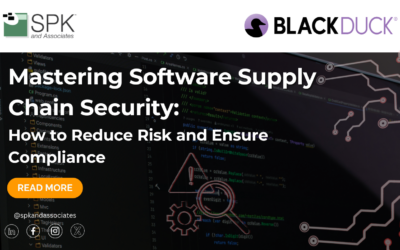To succeed in any market, a company needs to innovate, pioneer and push out the borders. The recent one-year anniversary of the death of Steve Jobs reminds of one of the tech industries greatest comeback stories. Apple’s key to success, other than the charisma of Jobs himself, was that the company was prepared to move into new areas.
If Apple considered itself as just a computer maker (the Apple Mac) then today we would have no iPods, no iTunes, no iPhone and no iPad. Each of these products is radically different to what was Apple’s core business (making computers). However Apple do still make Macintosh computers and laptops. It managed to expand while keeping its existing customers engaged and happy.
Servicing existing customers while innovating is key to growing a business. But to do it successfully requires a level of flexibility. For example, a group of engineers have developed a new product. It is released and customers start to buy it. Those same engineers have three possible futures:
- Keep working on the same product and create V2.0.
- Keep working on the same product in a customer support and maintenance role.
- Innovate and create the next product.
The de-facto — almost accidental — role of many engineers is options one and two. The third possibility is harder for several reasons. First it requires flexibility. Innovation doesn’t start with a big team of existing engineers, it starts with a small core team of dreamers, those willing to imagine what is next. Then once the concept is born, larger teams are needed. Secondly, the need to support existing customers can’t be ignored. They are there, they provide the current revenue streams. They are important.
So how can the two be balanced? Answer: IT outsourcing.
As the needs of the engineers change, so does how they should be managed. A product creation and design exploration team can’t be managed the same way as a larger team in software maintenance mode. To balance the need of creating new products and supporting existing ones, using outsourced project management provides a flexibility that perhaps can’t be found using fixed, permanent employees.
Here are two scenarios of how an engineering outsourcing company can help balance your new product development and existing customer service:
- An IT outsourcing company can be used to manage the existing projects while in a maintenance or slow development mode. This then frees the existing project managers who can work with the new product development team. The in-house project managers bring their expertise of the market and their knowledge of the company’s software development life cycle.
- Alternatively, an IT outsourcing company can be used to provide input and project management skills for the new product development team, bringing with them outside knowledge which is perhaps missing in the existing management staff. Once the product ramps up, the in-house managers can work in parallel or take over from the outsourced staff.
Keeping existing revenue streams stable is important as a company progresses and develops its product portfolio. Using an IT outsourcing company can add flexibility and experience to the mix.

